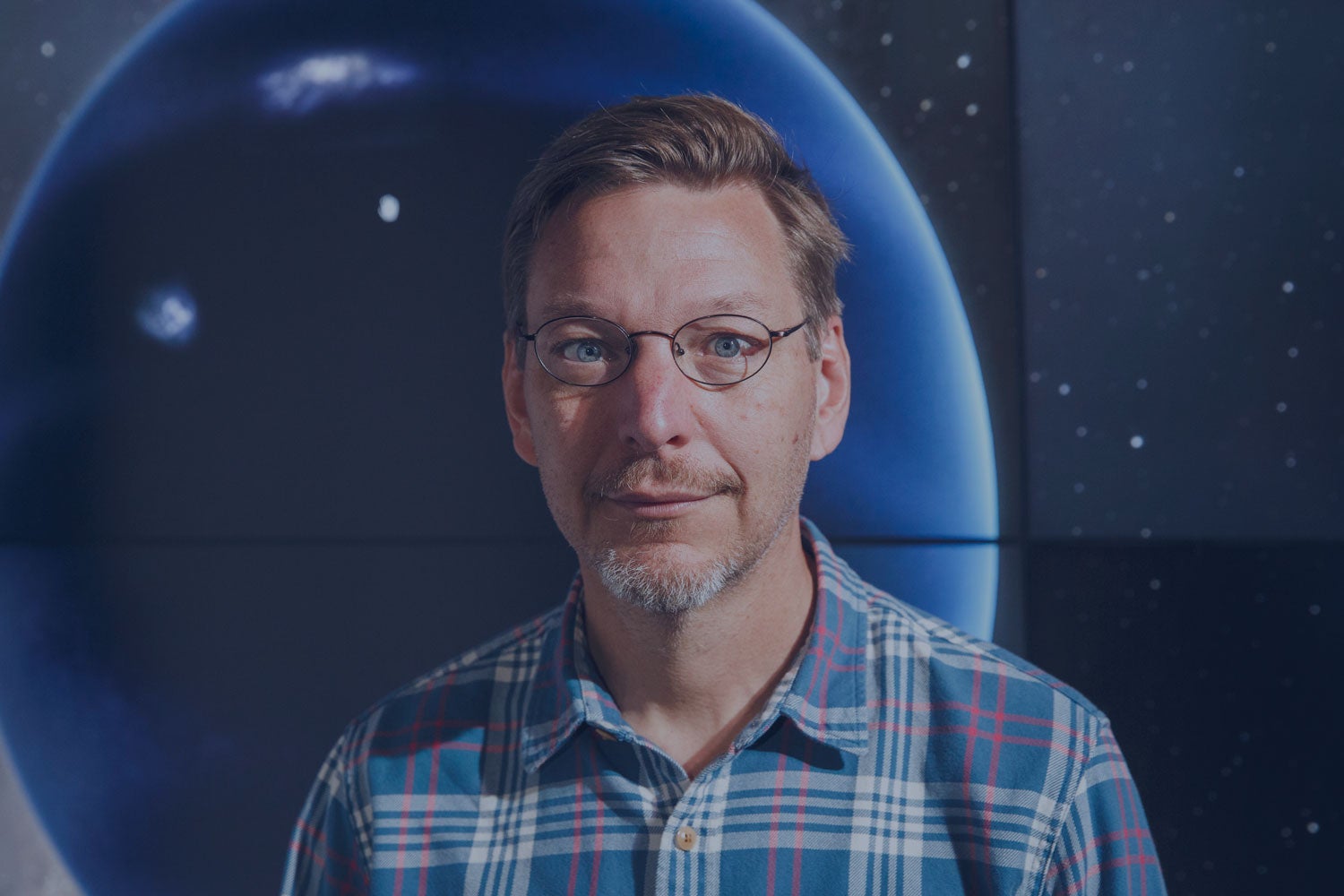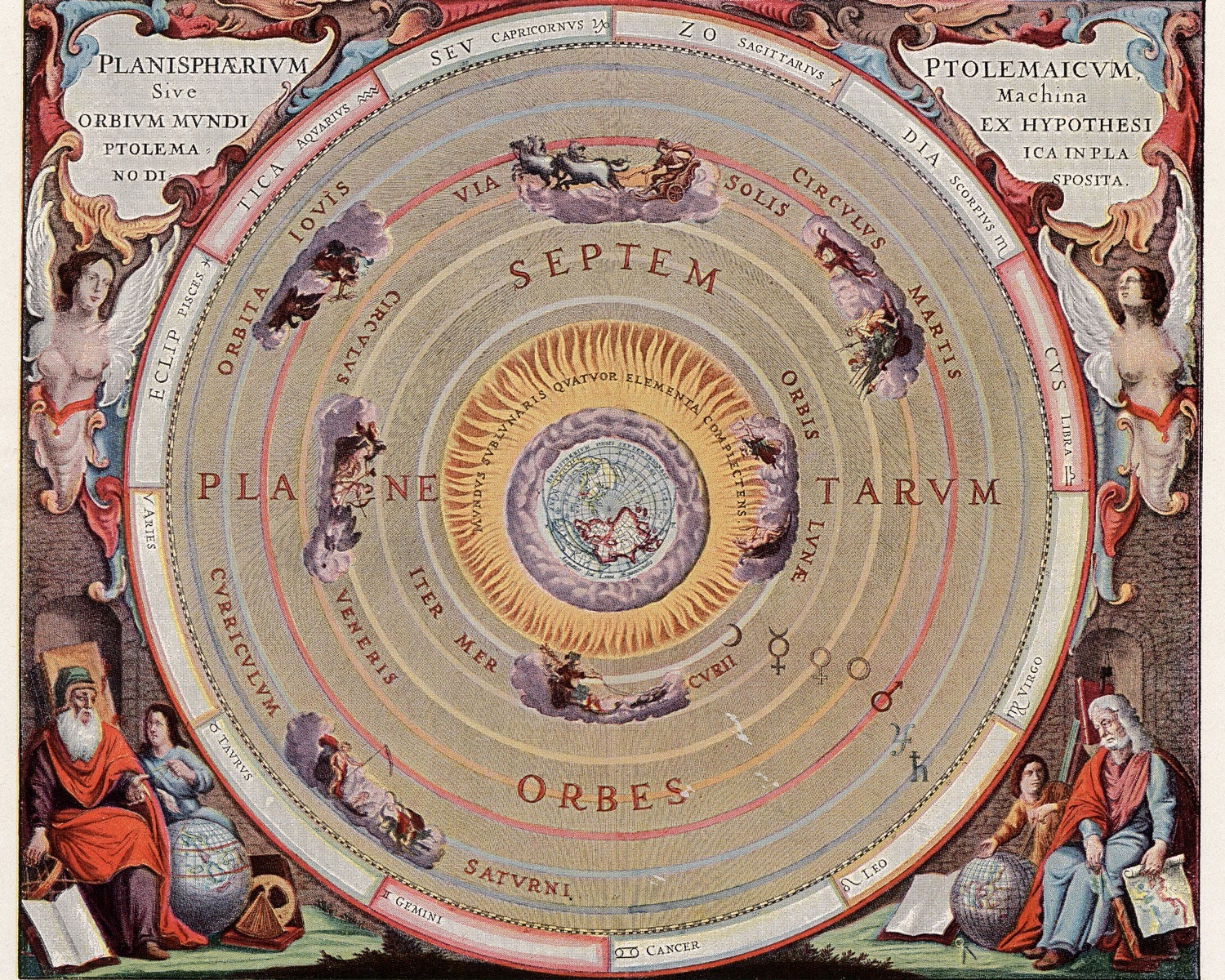
Humans have consistently misjudged their surroundings
From time immemorial, people have sought to understand their place in the universe by making sense of how objects moved in the night sky. By A.D. 170, the astronomer and mathematician Ptolemy had honed the geocentric model, which held that the sun and the six planets visible to the naked eye—Mercury, Venus, Earth, Mars, Jupiter, and Saturn—revolved around the earth. That view held for more than 1,400 years.
Credit: ullstein bild/Getty Images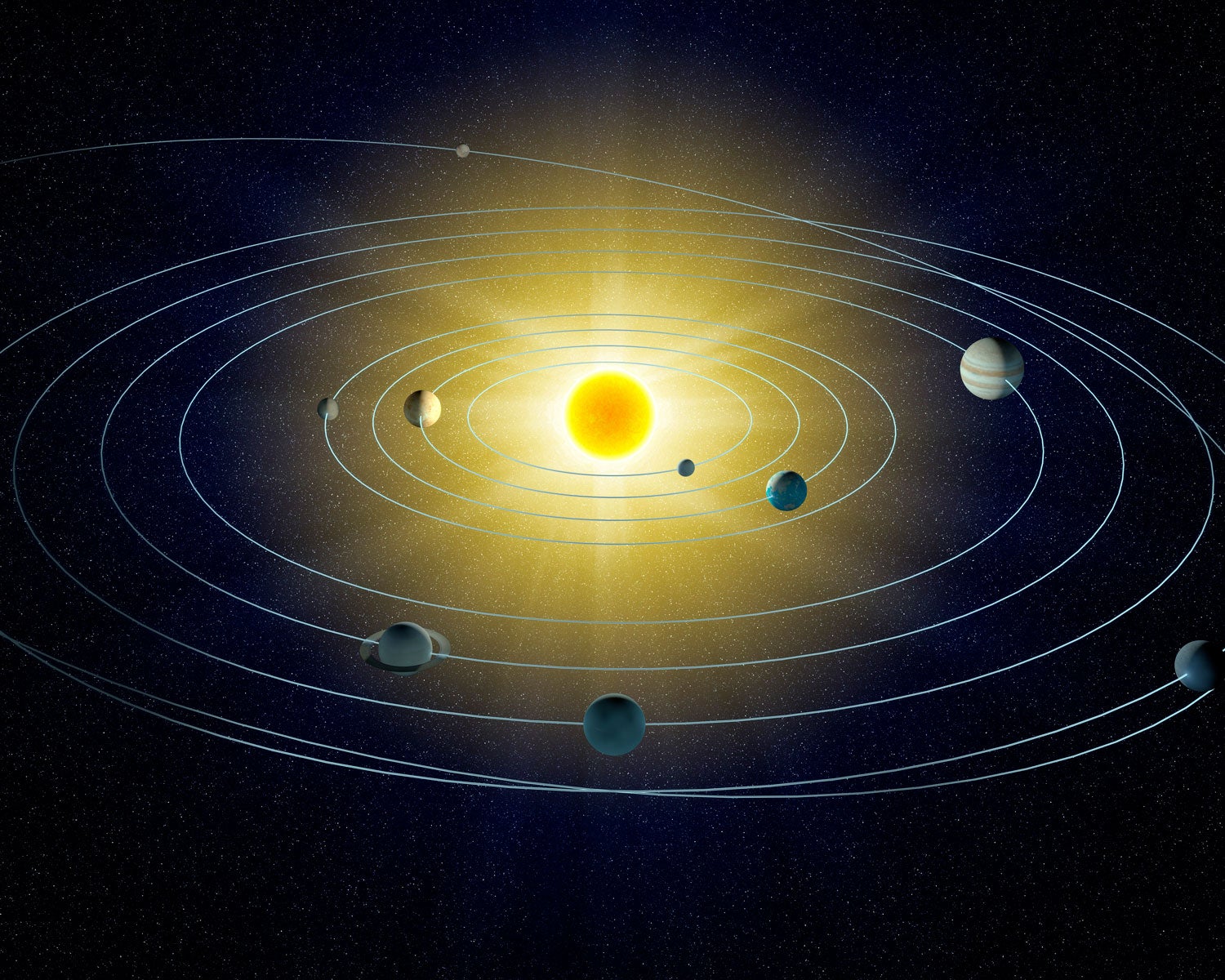
Science shapes a new view of the solar system
Through careful observations, theory and mathematical prediction, Nicolas Copernicus came to view the solar system as six planets circling the sun. As telescopes improved and scientists improved at mathematically predicting orbits, astronomers discovered Uranus in 1781, Neptune in 1846, and Pluto in 1930. This created a view of a solar system that contained nine planets, from Mercury to Pluto. For the rest of the 20th century, this view prevailed.
Credit: ANDRZEJ WOJCICKI/Science Photo Library/Getty Images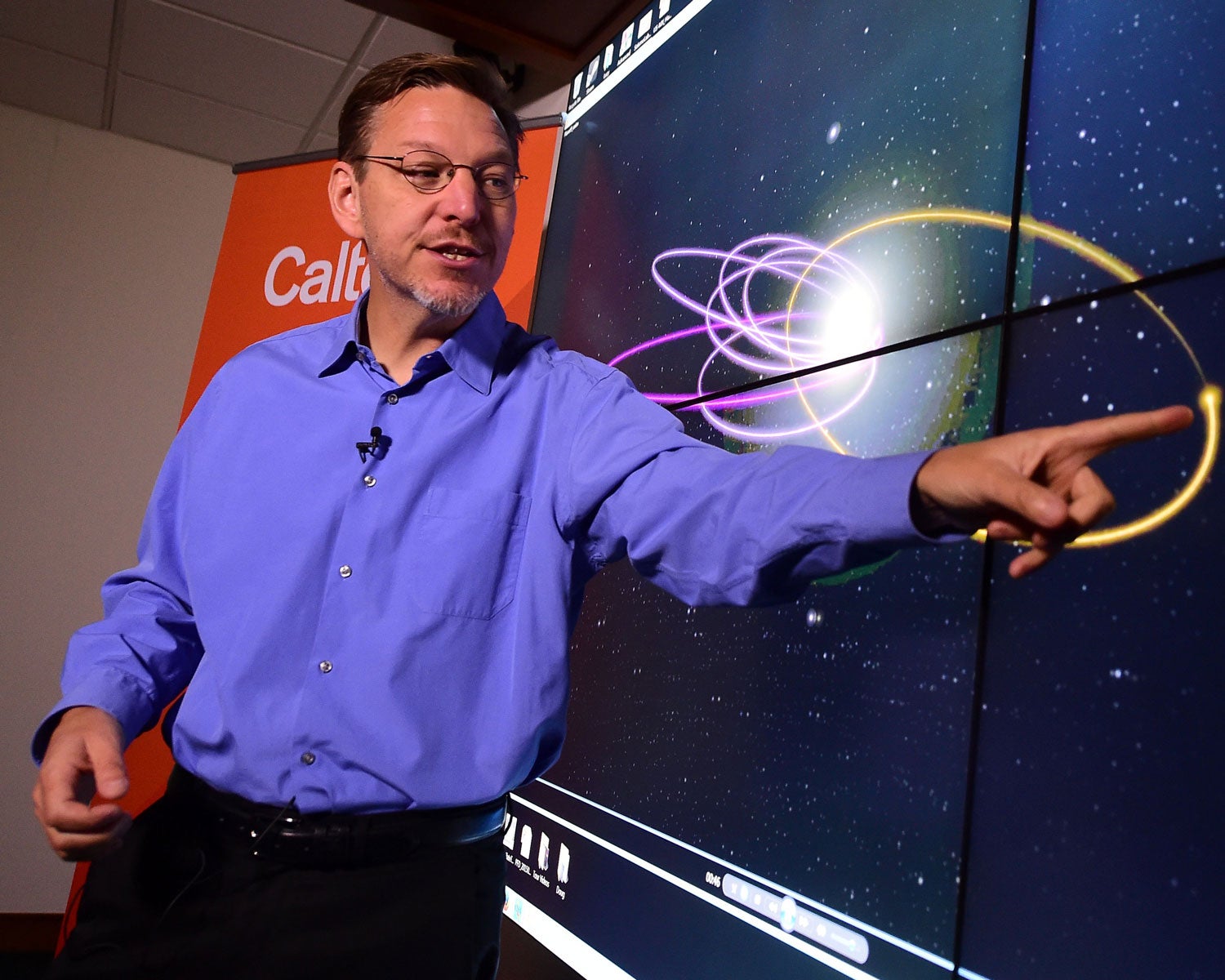
Astronomers discover distant, icy bodies
Beginning in the 1990s, Mike Brown, an astronomer at Caltech who shared the 2012 Kavli Prize in Astrophysics with astronomers David Jewitt and Jane Luu, investigated objects in the Kuiper Belt, a region of icy comets and other small objects beyond Neptune’s orbit. He and other astronomers discovered a Pluto-sized object orbiting there, which they named Eris, after the Greek goddess of discord and strife.
Watch Mike Brown talk about the search for our solar system’s ninth planet. Credit: FREDERIC J BROWN/AFP/Getty Images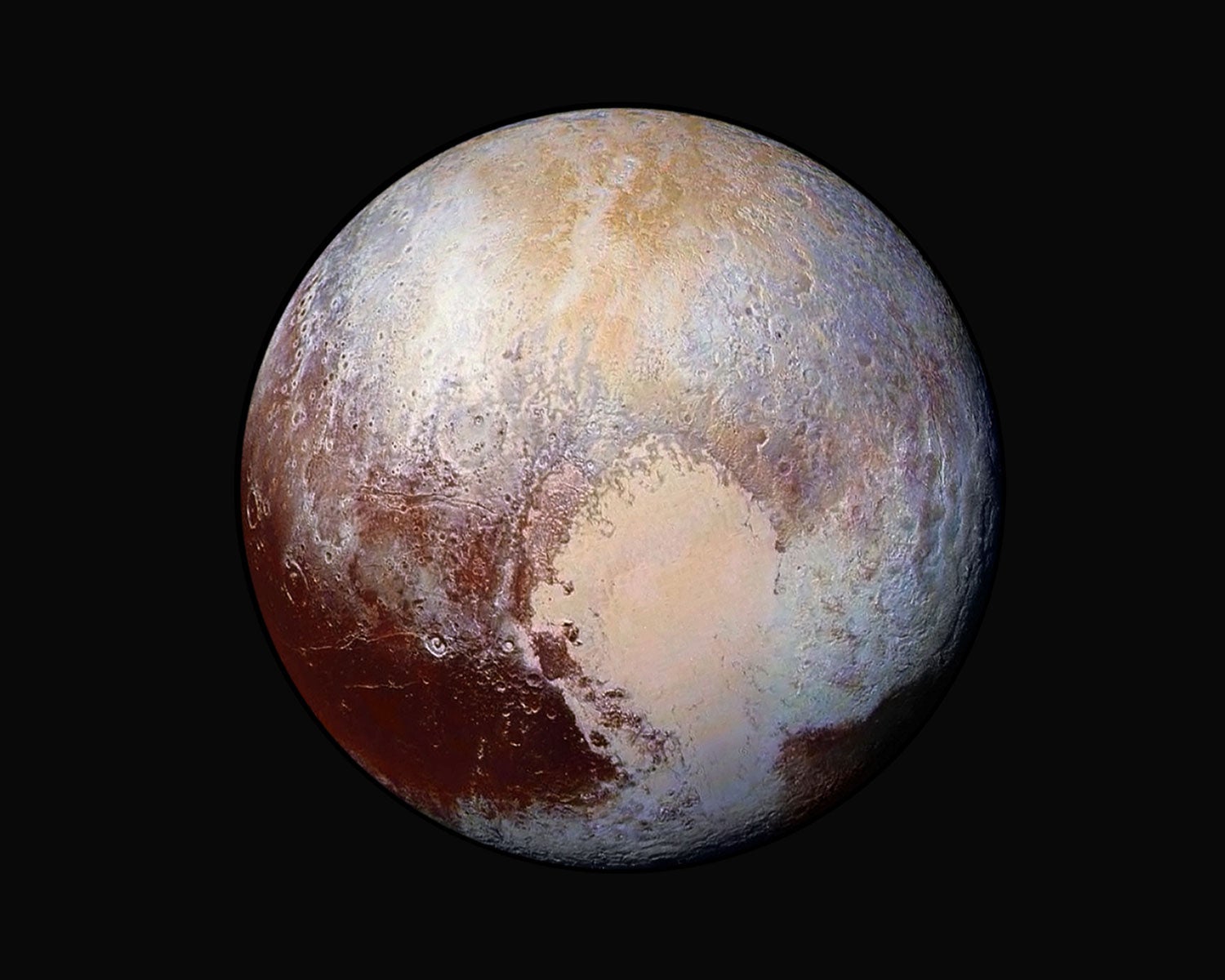
Pluto is demoted
Eris lived up to its name. Brown found that it was about as large as Pluto (shown here), and also had an elongated orbit beyond Neptune’s. Unlike the eight planets from Mercury to Neptune, neither Eris nor Pluto had gravity strong enough to clear its own neighborhood of other objects. In a decision that stirred controversy, the International Astronomical Union considered Brown’s findings, then demoted Pluto from planet to dwarf planet.
Credit: NASA/Johns Hopkins University Applied Physics Laboratory/Southwest Research Institute

The Case for Planet 9
Press play to explore the evidence for Planet 9 here in this 3D interactive model of the outer solar system, made with Mike Brown’s data.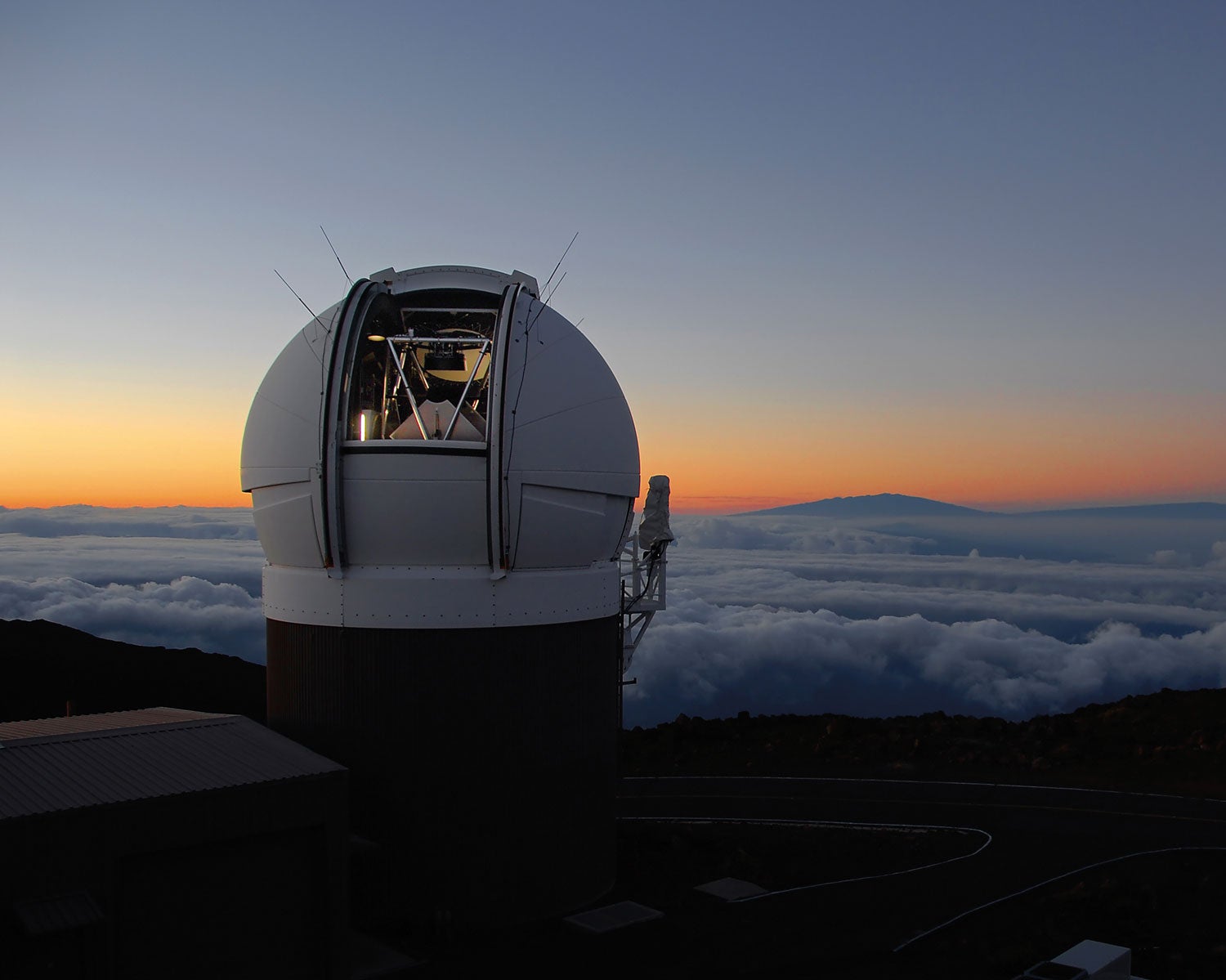
Searching the Sky for Planet 9
Computational models from Brown and his Caltech colleague Constantin Batygin predict that Planet 9 orbits 20 times farther away from the sun than Neptune does. Even a big planet that far away would be faint to see and hard to spot. But the models place Planet 9 in the Taurus constellation, and the two Caltech astronomers, as well as a team led by Scott Sheppard of the Carnegie Institution for Science, are using Hawaii’s Pan-STARRS telescope (shown) to search for it.
Credit: Rob Ratkowski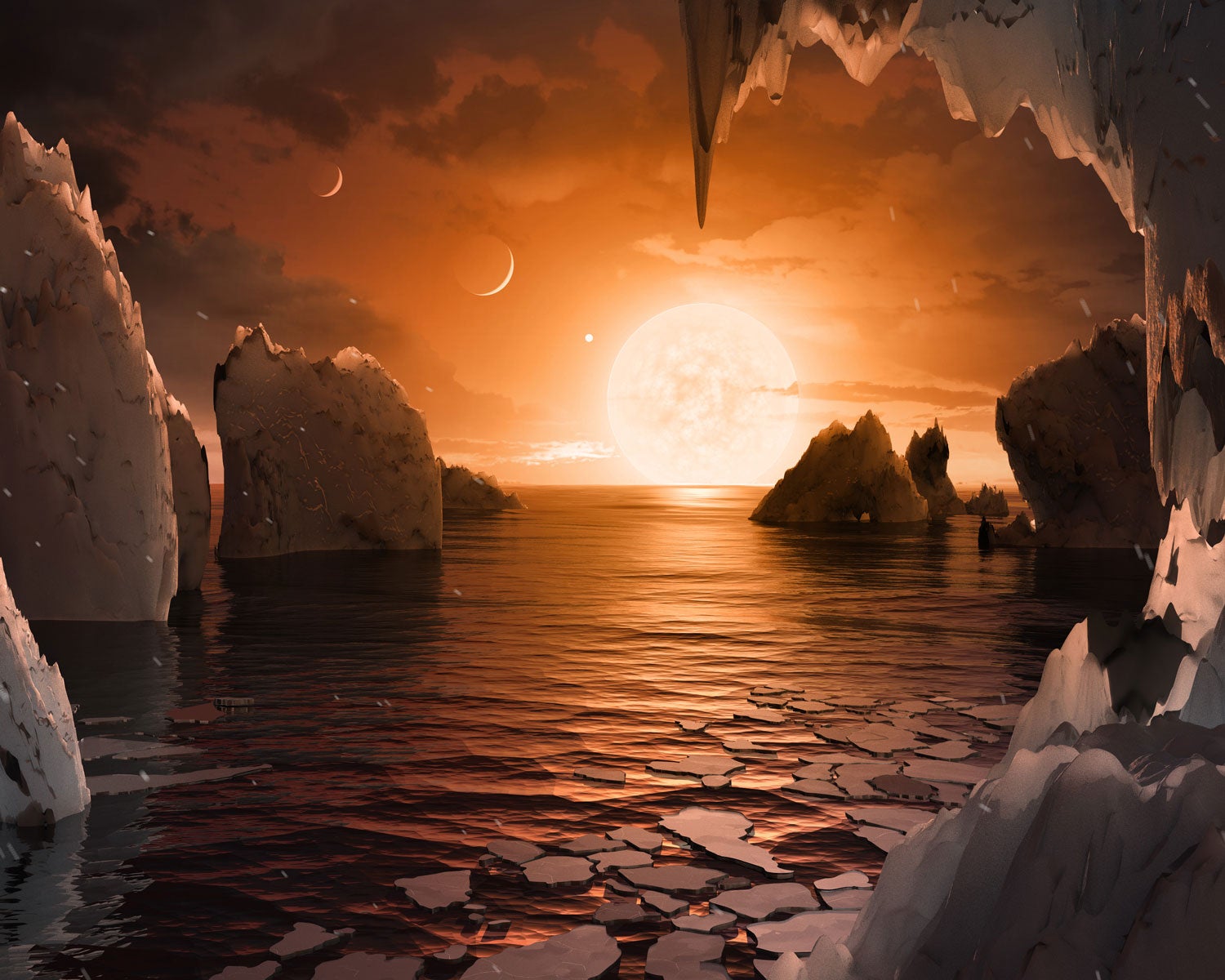
Is our Solar System Unique?
Beyond the hunt for Planet 9, astronomers are looking to other stars for insights into our solar system. They have spotted 2,500 stars with planetary systems, but none with a planetary system like our own. NASA's two-year Transiting Exoplanet Survey Satellite (TESS) mission, launched in 2018, has surveyed thousands of stars and found hundreds of exoplanets, and in January found its first Earth-sized exoplanet that may harbor liquid water. This mission could also yield clues to how our solar system took shape and how rare life is in the universe.
Credit: NASA/JPL-Caltech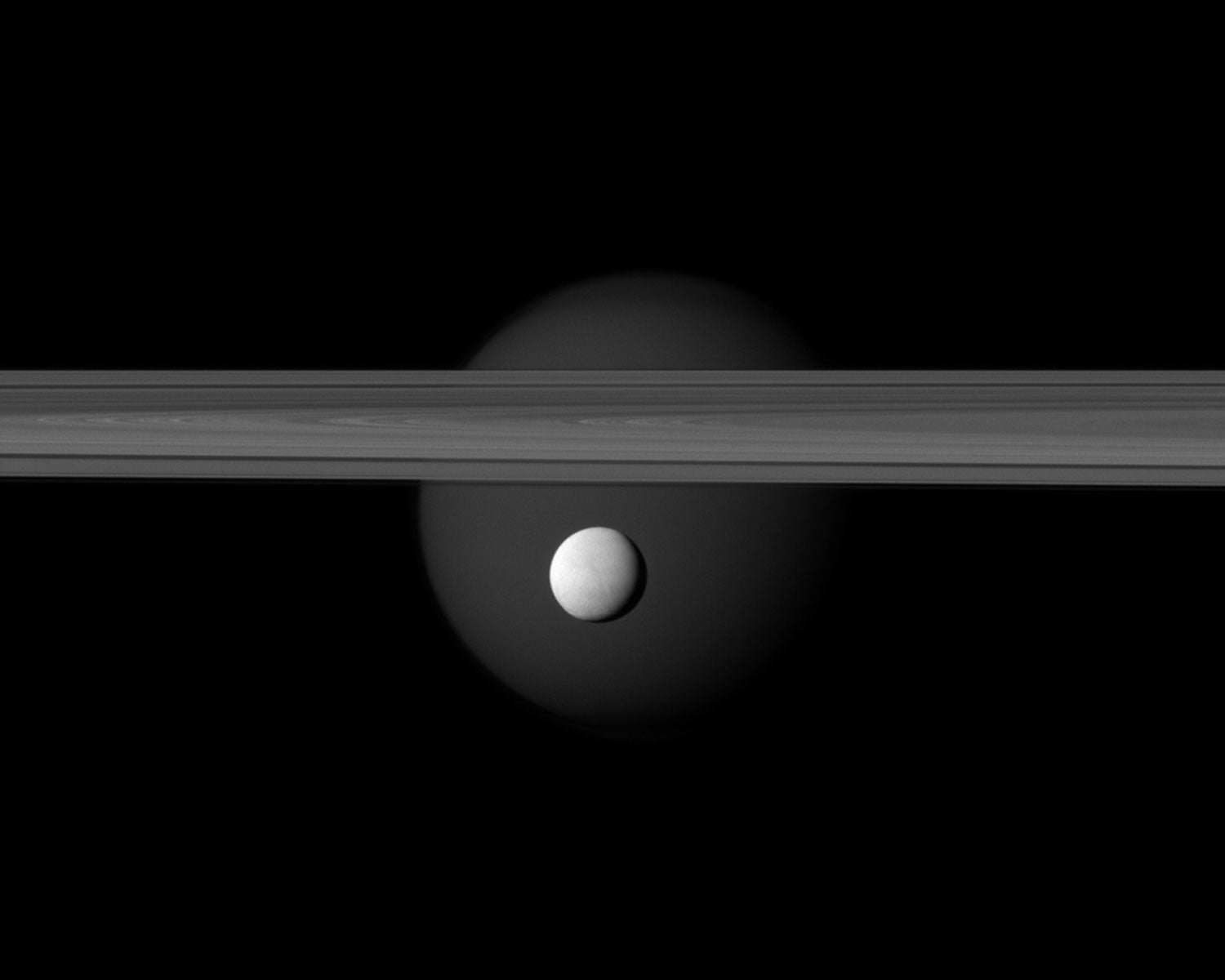
New Homes for Alien Life
Whether life exists elsewhere in our solar system, much less our galaxy, is another question that scientists are addressing. Our solar system’s ocean moons—Saturn’s Enceladus (shown) and Jupiter’s Europa—may harbor deep-sea hydrothermal vents like those on Earth, which teem with microbes and exotic lifeforms. NASA’s Oceans Across Space and Time program, led by Georgia Tech’s Britney Schmidt, is developing a small, long-range, deep-water, under-ice robotic submarine that could one day be put on a rocket to Europa to look for life in its chilly ocean.
Credit: NASA/JPL-Caltech/Space Science Institute